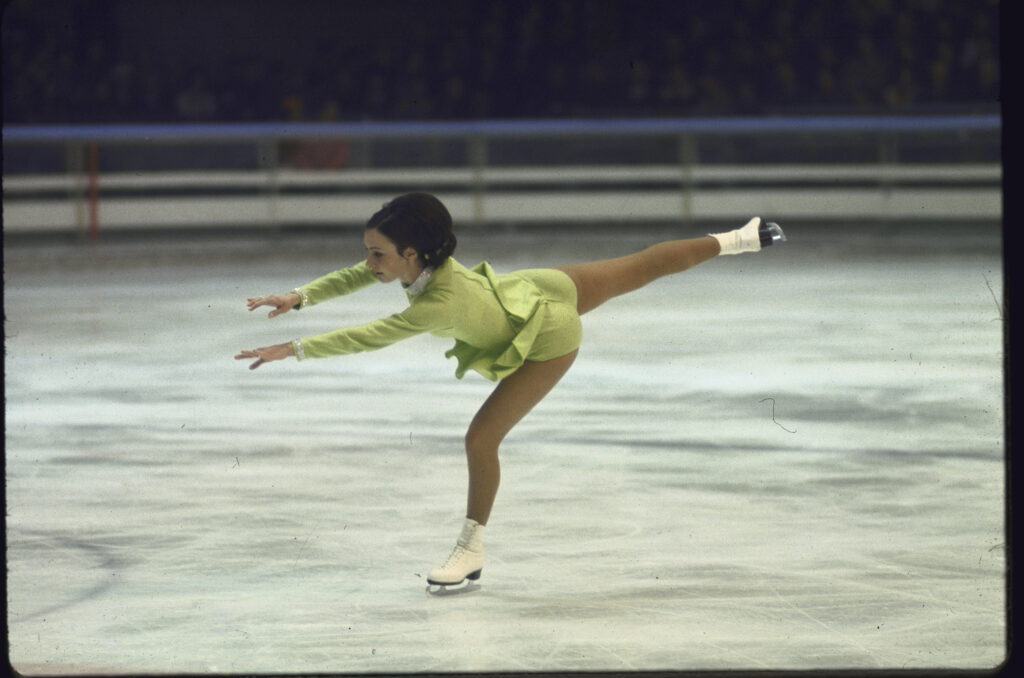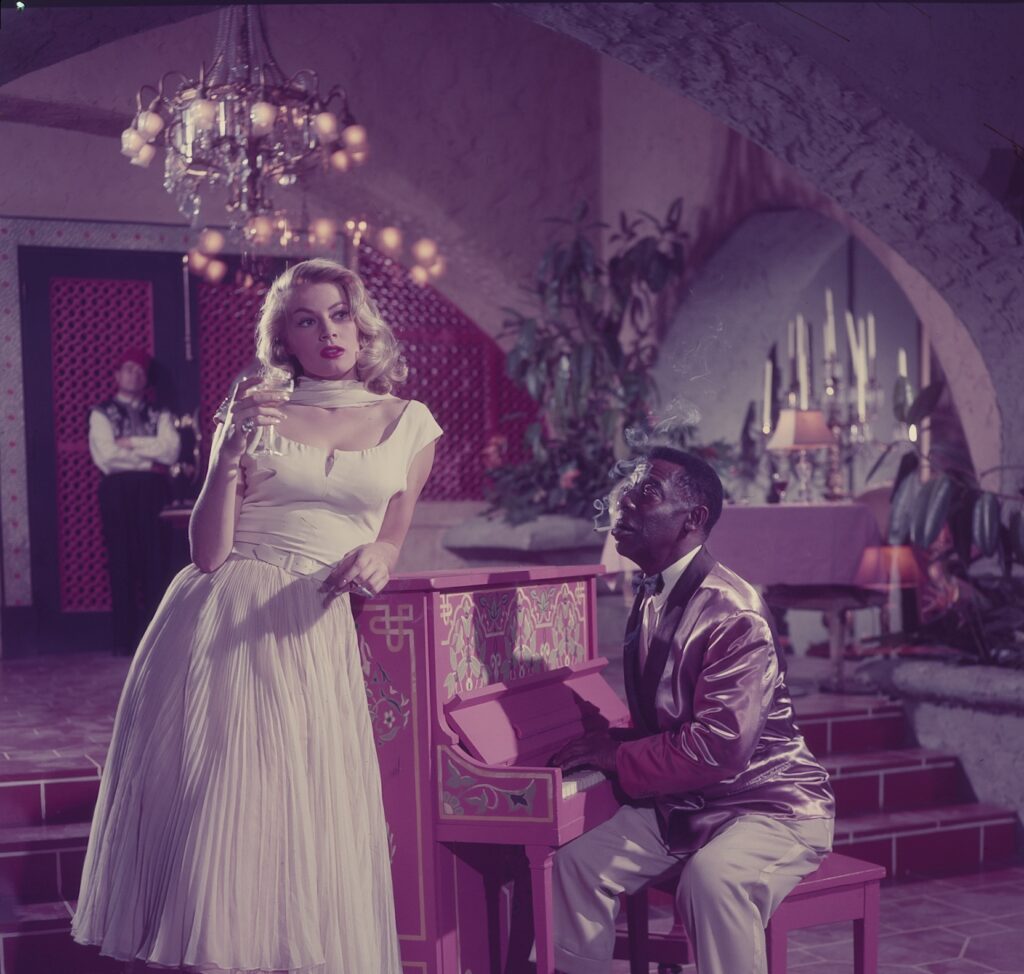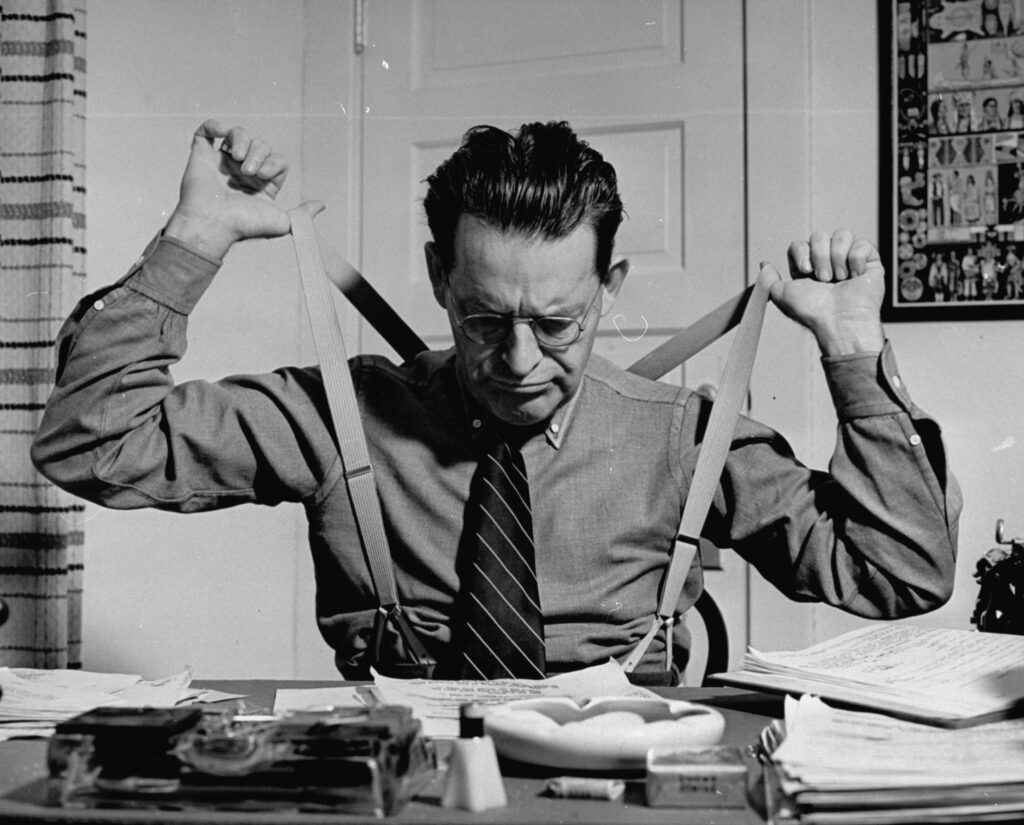Occasional dramatic dips and rises are, in a sense, what markets are all about. Recalling previous market catastrophes—no matter how short- or long-lived they might have been—is one small way to keep a bit of sanity when the next one occurs.
It is little remembered today, but the “flash crash” in late May of 1962 surely felt like the end of the world for anyone who was vested in the market when it began that sudden and precipitous slide. And yet . . . the world didn’t end. The market recovered.
LIFE reported on the 1962 “flash crash” thus:
The signs, like the rumblings of an Alpine ice pack at the time of thaw, had been heard. The glacial heights of the stock boom suddenly began to melt in a thaw of sell-off. More and more stocks went up for sale, with fewer and fewer takers at the asking price. Then suddenly, around lunchtime on Monday, May 28, the sell-off swelled to an avalanche. In one frenzied day in brokerage houses and stock exchanges across the U.S., stock values glamor and blue-chip alike took their sharpest drop since 1929.
Memory of the great crash, and the depression that followed, has haunted America’s subconscious. Now, after all these years, was that nightmare to happen again?
In short: no. It wasn’t. The fear of that scenario was, understandably, very real; but the sort of panic that juiced the 1929 crash adding a horrific edge to what was already a calamitous melt-down did not materialize in 1962. In fact, while the Dow Jones Industrial Average fell almost 6 percent on that one vertiginous Monday and the market was anemic for a year afterwards, the markets as a whole, at home and abroad, did bounce back.
So . . . whatever happens with the inconceivably complex and harrowing economic issues that might (or might not) wreak havoc in the coming months or years, a few things are certain: somebody’s going to make money; somebody or rather, many, many somebodies are going to lose money; and a few years down the road, we’ll once again be floating blissfully along atop another bubble, half-waiting for it to burst and half-believing that it never, ever will.
Liz Ronk edited this gallery for LIFE.com. Follow her on Twitter at @LizabethRonk.

Cover image from the June 8, 1962 issue of LIFE, which ran with the headline: “What went wrong in the wild stock market and what it means for the U.S.”
John Dominis Time & Life Pictures/Shutterstock

The New York Stock Exchange during the 1962 “flash crash.”
Yale Joel Time & Life Pictures/Shutterstock

Tense scene at a brokerage office during the 1962 stock market “flash crash.”
John Dominis Time & Life Pictures/Shutterstock

Original caption: “Floor of New York Stock Exchange boils with frenzy of an overheated pot at closing time Tuesday, trying to catch up with transactions which hit nearly 15 million shares for day, highest total since 1929.”
Yale Joel Time & Life Pictures/Shutterstock

Tense scene at a brokerage office during the 1962 stock market “flash crash.”
John Dominis Time & Life Pictures/Shutterstock

The NYSE during the 1962 “flash crash.”
Yale Joel Time & Life Pictures/Shutterstock

The NYSE during the 1962 “flash crash.”
Yale Joel Time & Life Pictures/Shutterstock

The NYSE during the 1962 “flash crash.”
John Dominis Time & Life Pictures/Shutterstock

The NYSE during the 1962 “flash crash.”
Yale Joel Time & Life Pictures/Shutterstock

The NYSE during the 1962 “flash crash.”
Yale Joel Time & Life Pictures/Shutterstock

The NYSE during the 1962 “flash crash.”
John Dominis Time & Life Pictures/Shutterstock

The NYSE during the 1962 “flash crash.”
Yale Joel Time & Life Pictures/Shutterstock

Page spreads from June 8, 1962, issue of LIFE.
Life Magazine

Page spreads from June 8, 1962, issue of LIFE.
Life Magazine

Page spreads from June 8, 1962, issue of LIFE.
Life Magazine

Page spreads from June 8, 1962, issue of LIFE.
Life Magazine

Page spreads from June 8, 1962, issue of LIFE.
Life Magazine

Page spreads from June 8, 1962, issue of LIFE.
Life Magazine













































































































